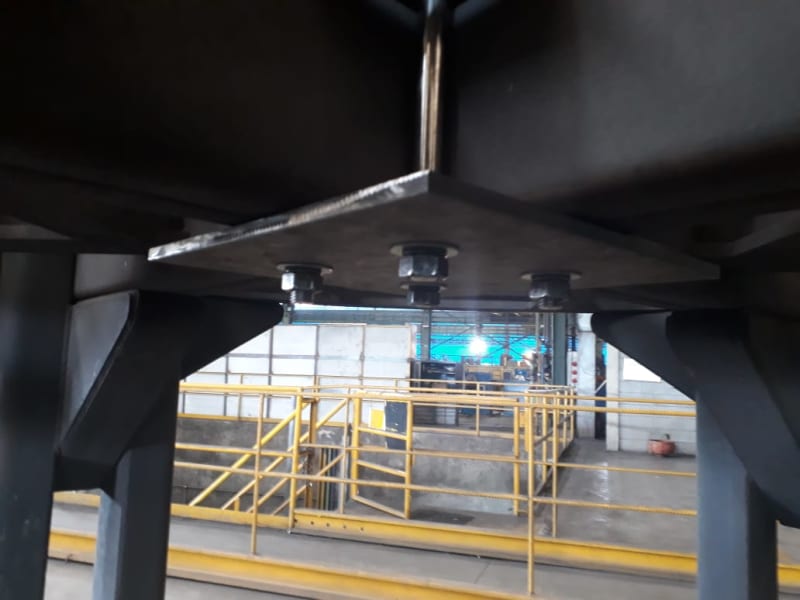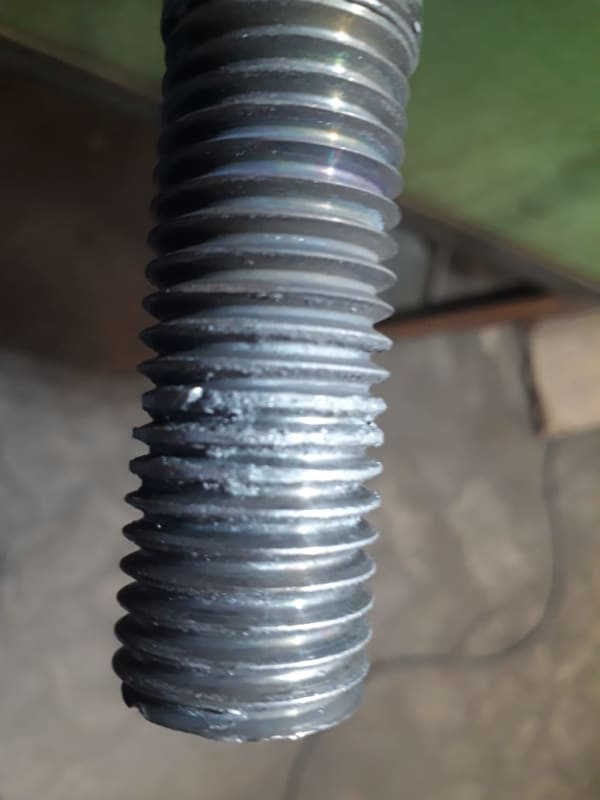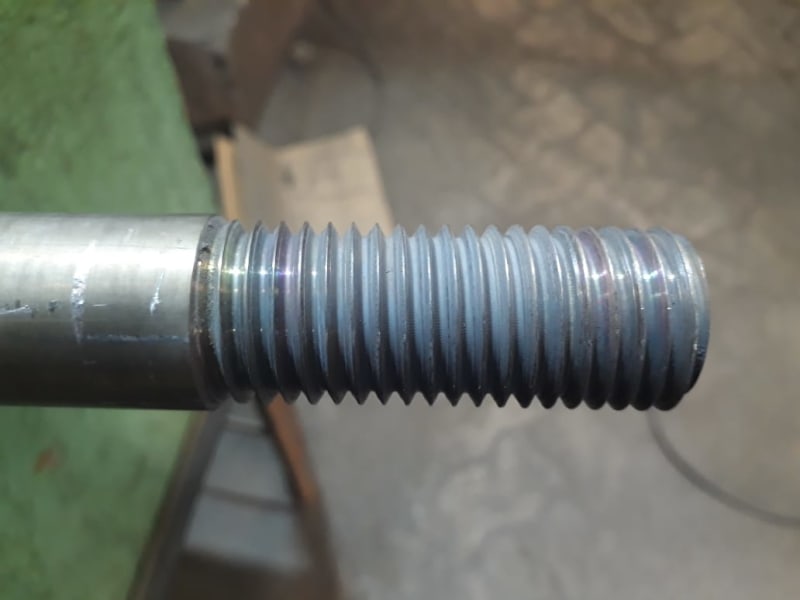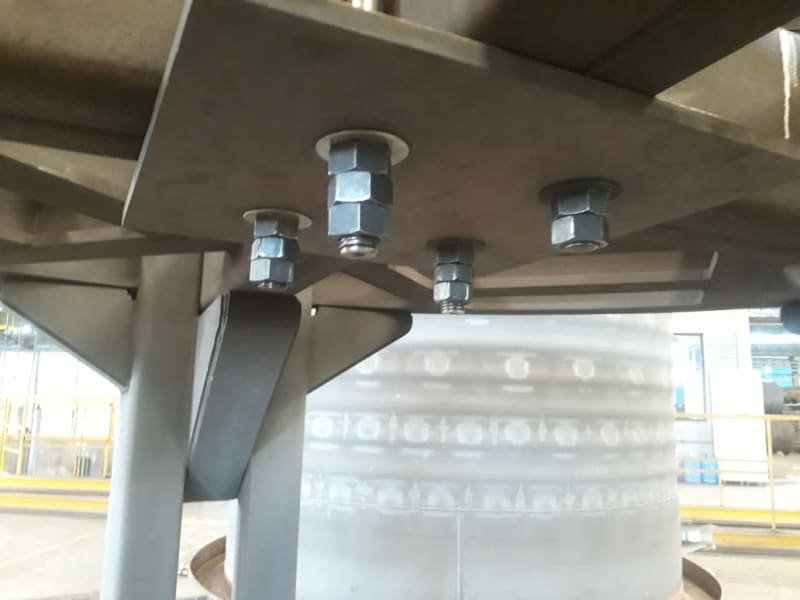gustavosilvano
Electrical
- Dec 14, 2015
- 14
Good day to everyone.
My name is Gustavo and I'm an Industrial Engineer a steel mill plant here in Brazil.
We have an annealed wire furnance with two levels. One at the bottom and the other at the top os a table that is moved using the overhead crane.
The furnance reach temperatures above 750 degree celsius. To move this table, we use an external device, but this demand a time from the operator, and expose him to some risks. What we decided to do is to install a fixed hanger that is made of stainless steel. There's no welding, all fixed using screws threads, nuts and washers. We made it this way so that it would be easy to inspect it just by looking.
I want to know is will a lock washer be effective at this situation due to the high temperature reached by the furnance? Is there anything more that I can do to assure a safety in operation?

This is the hanger

This is the project, where the left picture is the bottom view and the right one, the top view.

This is the furnance, with the bottom level, the table and the upper level.
Thanks in advance.
Gustavo
My name is Gustavo and I'm an Industrial Engineer a steel mill plant here in Brazil.
We have an annealed wire furnance with two levels. One at the bottom and the other at the top os a table that is moved using the overhead crane.
The furnance reach temperatures above 750 degree celsius. To move this table, we use an external device, but this demand a time from the operator, and expose him to some risks. What we decided to do is to install a fixed hanger that is made of stainless steel. There's no welding, all fixed using screws threads, nuts and washers. We made it this way so that it would be easy to inspect it just by looking.
I want to know is will a lock washer be effective at this situation due to the high temperature reached by the furnance? Is there anything more that I can do to assure a safety in operation?

This is the hanger

This is the project, where the left picture is the bottom view and the right one, the top view.

This is the furnance, with the bottom level, the table and the upper level.
Thanks in advance.
Gustavo





